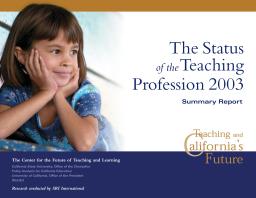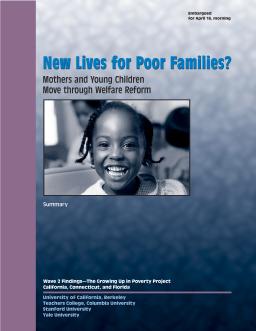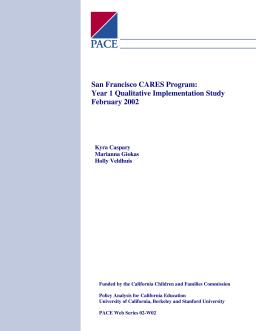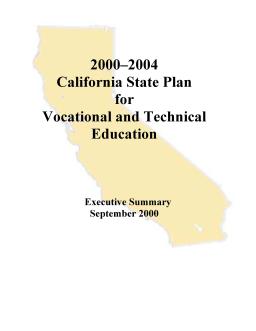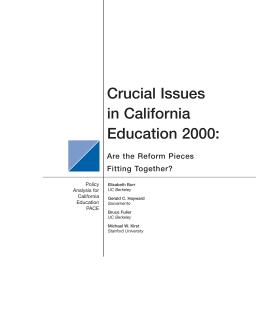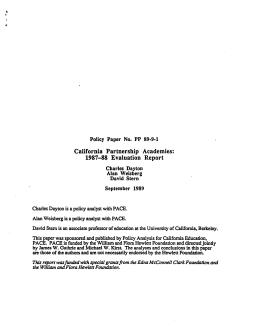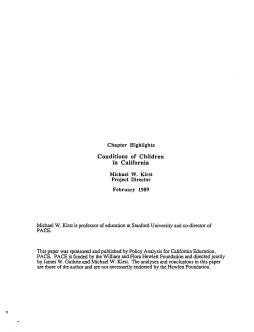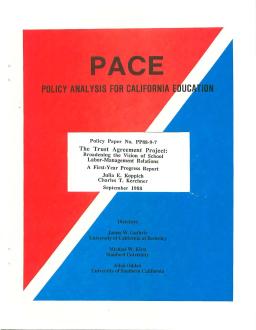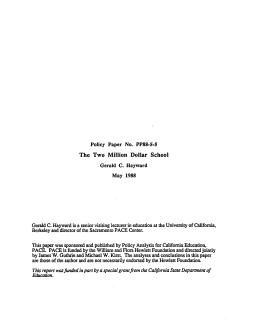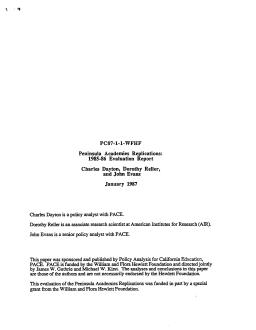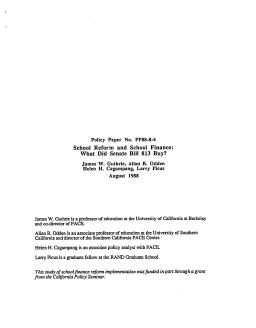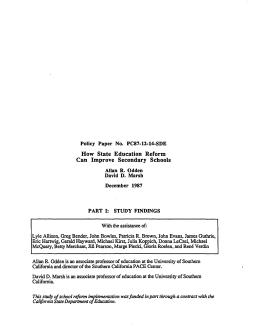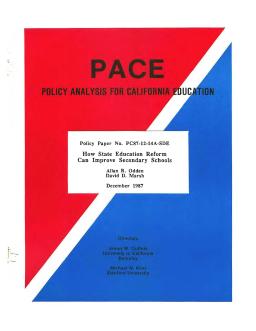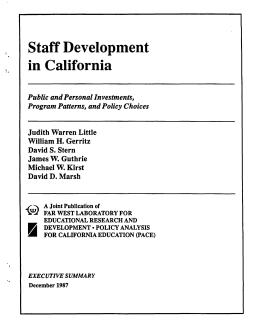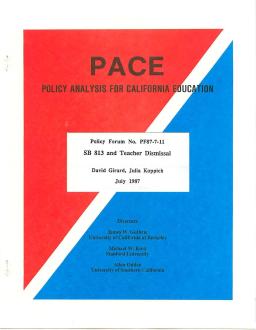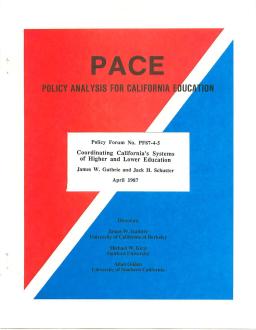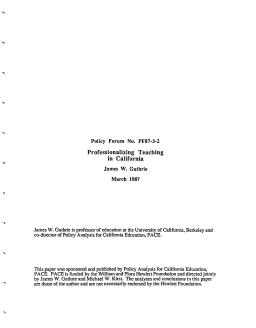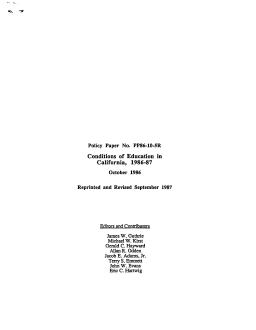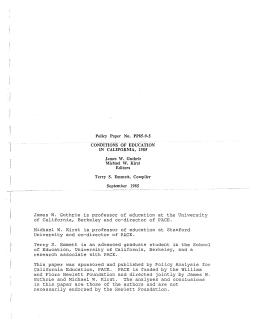Summary
Summary
Summary
Summary
Summary
Summary
Summary
Summary
Summary
Summary
Summary
Summary
Summary
Summary
Summary
Summary
Summary
Summary
Summary
Summary
Summary
California aims to improve K-12 education by enhancing teacher recruitment and preparation, regulation, and professionalization. Proposed changes include establishing a California Teacher Standards Board, eliminating the emergency credential, and improving the Mentor Teacher Program. Balancing costs and practical progress toward healthier working conditions is a challenge, but a fully professionalized teaching force is key to future student success and California's position in the world.
Summary
Summary
Summary
This technical report provides an overview of California's educational system, intended for educators, public officials, journalists, and informed citizens. With over four million students and a $17 billion annual cost, the state's school system is vast and complex. The report offers comparisons of California's education system to itself in prior years and other states, revealing patterns of change and suggesting future trends. These trends serve as a guide for the many facts and figures presented in the report.

